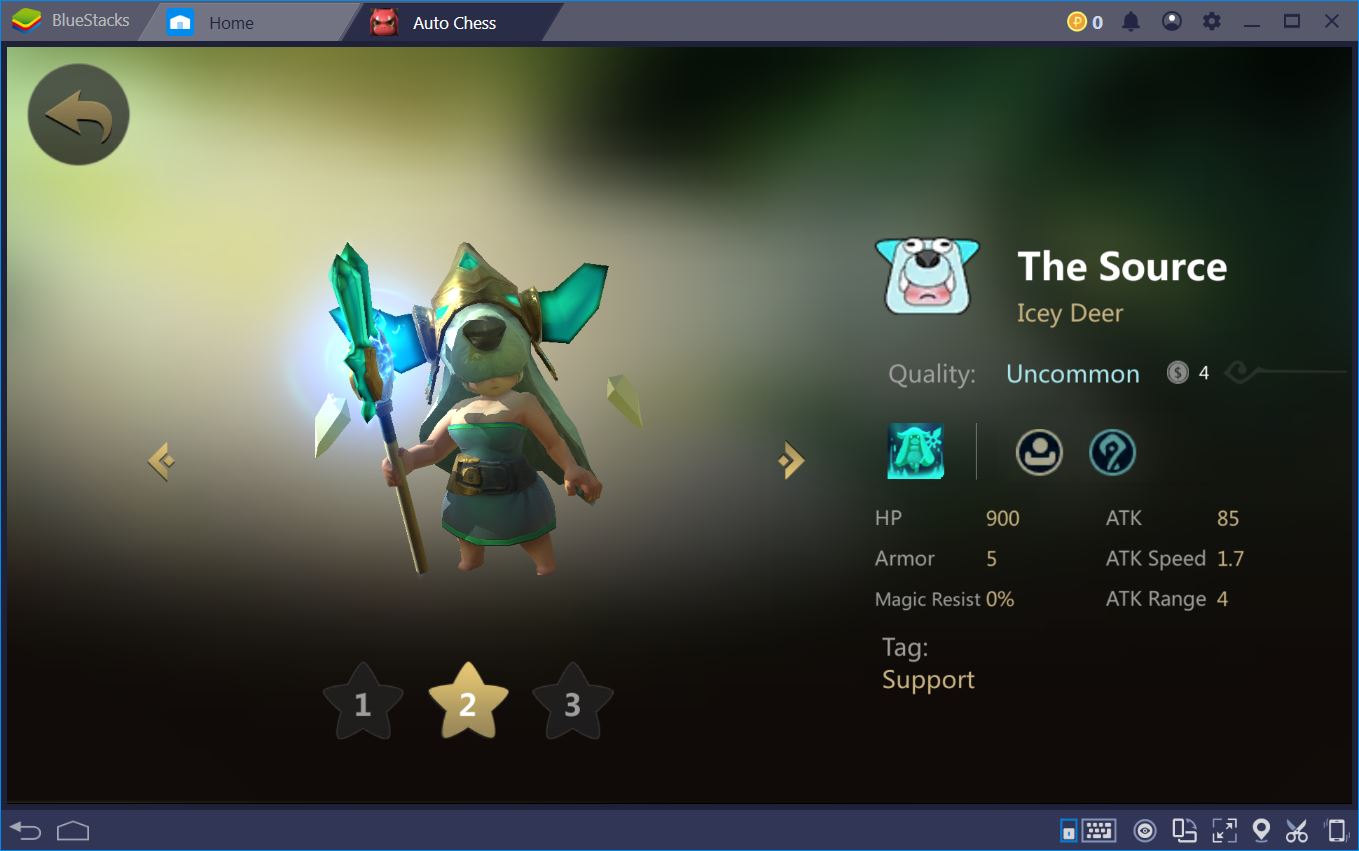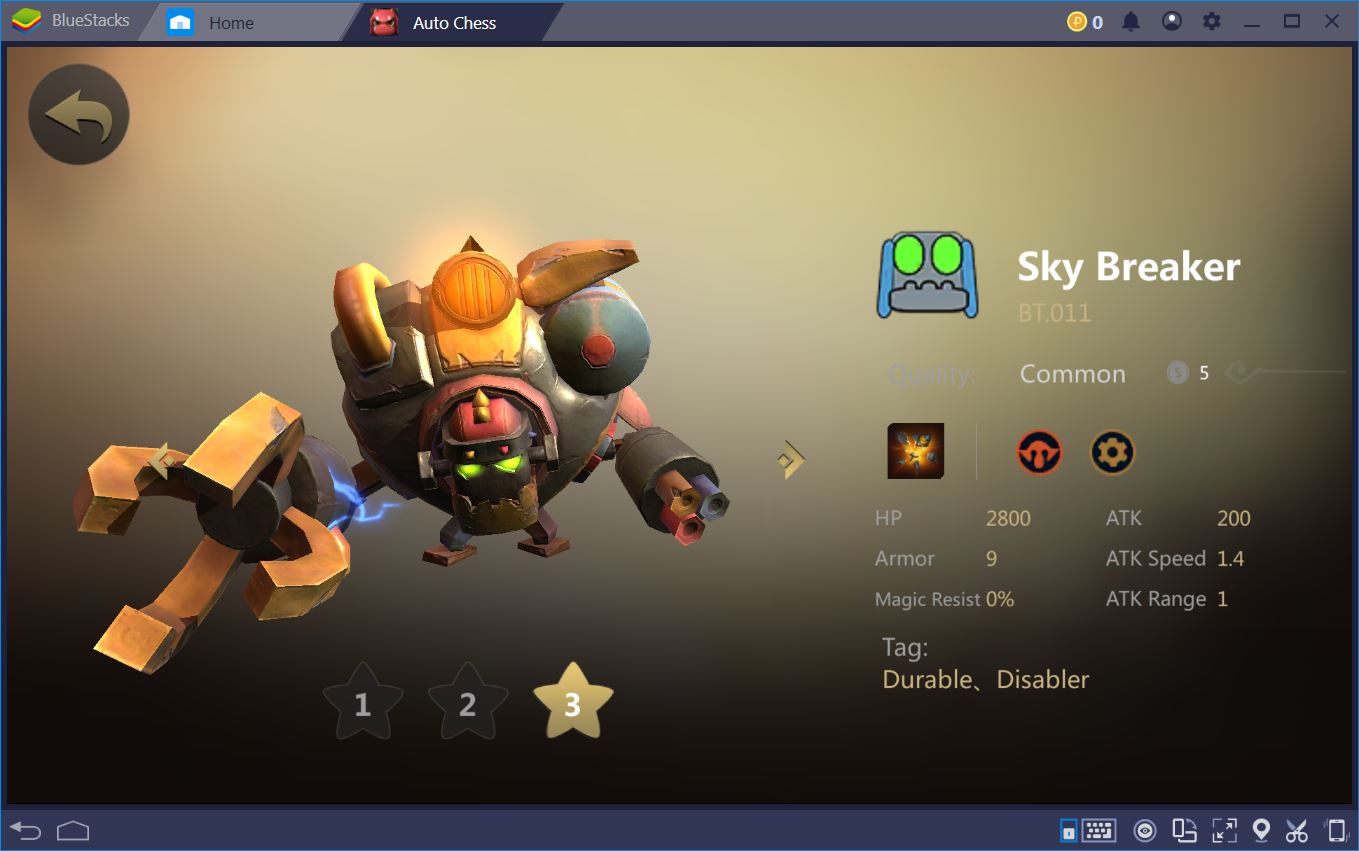Auto Chess: How to Plan Your Mid-Game and Late-Game Transitions
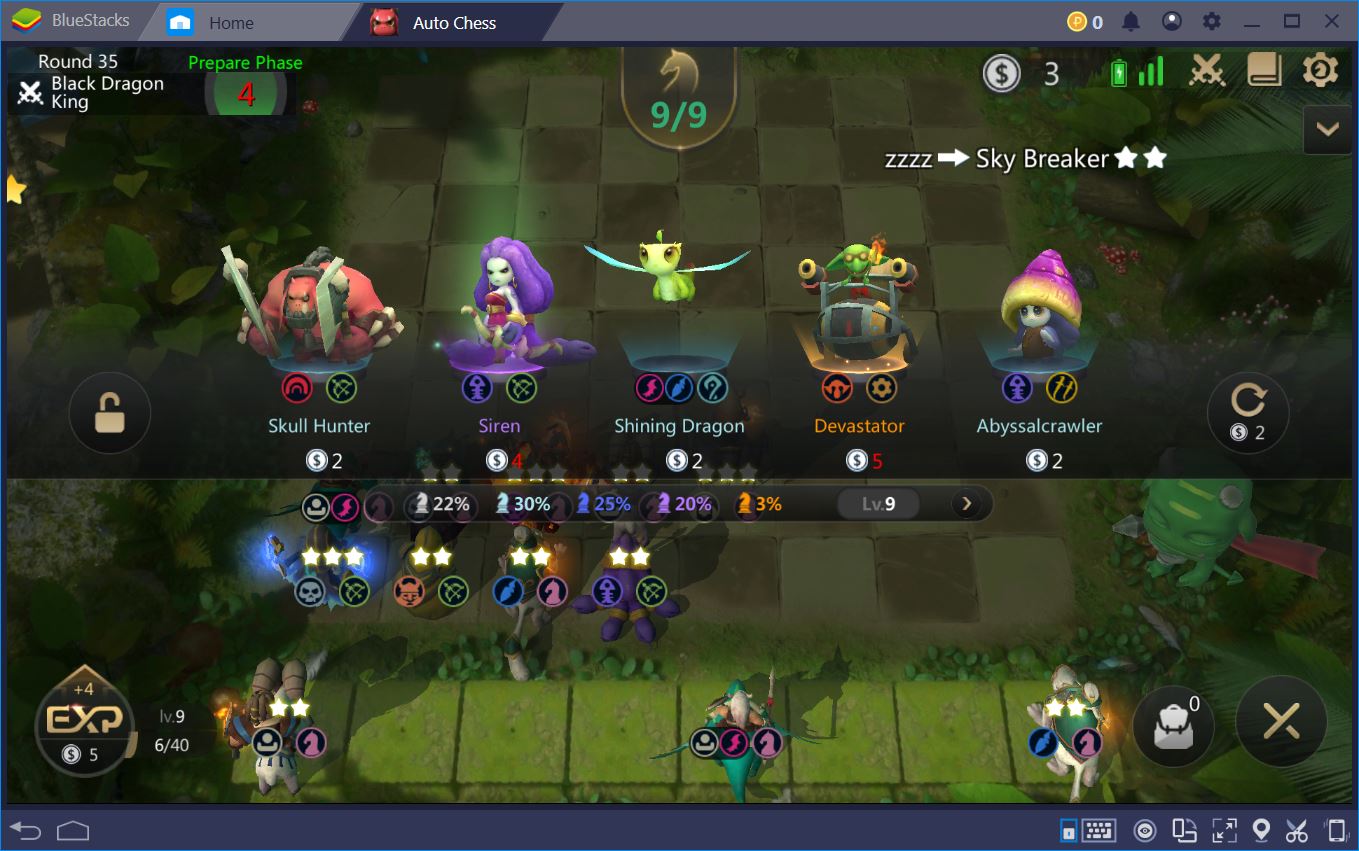
If you’re new to Auto Chess, you’re surely familiar with this situation: You start the game with a couple of early 2-star heroes. You obliterate your opponents off the chess board and use the gold you make to level and re-roll for the units you’ve built so far. You feel invincible.
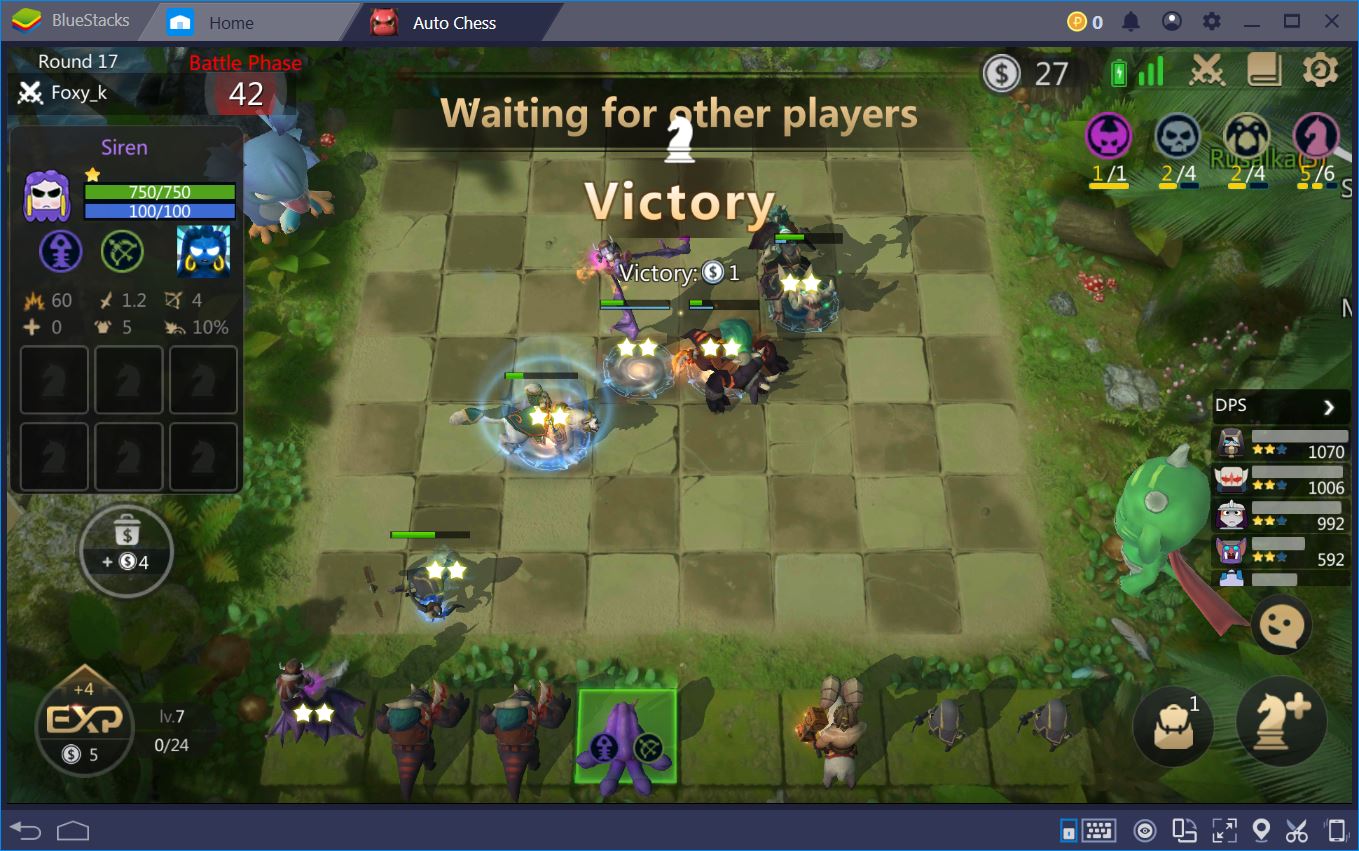
And yet, by turn 20, you start losing games. What to do? You can keep looking for unit upgrades, but 3-star pieces seem ever so far away. No matter what you add to the board at this point, nothing seems to help. Eventually, you place 2nd, 3rd, or worse. What happened?
To answer this question, you should first understand that ACM is, in many ways, just like DotA2. Even if you have a super powerful start, you can still lose the match if you don’t pay attention to the flow of the game and carefully plan your mid- and late-game transitions. Worry not, though. This BlueStacks guide will help.
Mid-Game and Late-Game Economy
We’ve covered early-game economy strategies in a different article, so we won’t focus on that here. Instead, let’s assume that you’re already familiar with that guide (if not, we fully recommend it) and that you’ve banked your 50 gold by turns 11-13. Now that you have the money, though, what should you do with it?

The trick is to balance your income with your spending (Isn’t it always?). Don’t go off spending all of your gold as soon as you hit 50. That defeats the purpose. Rather, your goal is to take advantage of the +10 gold income per turn (5 regular, 5 interest, the potential for more if winning). Ideally, you should not drop below 50 for another 5 turns at least, but feel free to spend any gold above that limit. Of course, if any extraordinary piece shows up in shop, it’s perfectly fine to buy it regardless of whether that puts you under the desired threshold.
While rolling for and buying pieces requires fairly little gold, you’ll be spending a chunk of your savings to level to 7 and then to 8. If you’re on a winning streak, then the magic turns to do this on curve are 13 (for level 7) and 17 (for level 8). If you’re neither on a win or loss streak, then you might have to wait until turn 17 for level 7, but postpone it no longer than that in order to avoid taking massive HP damage.
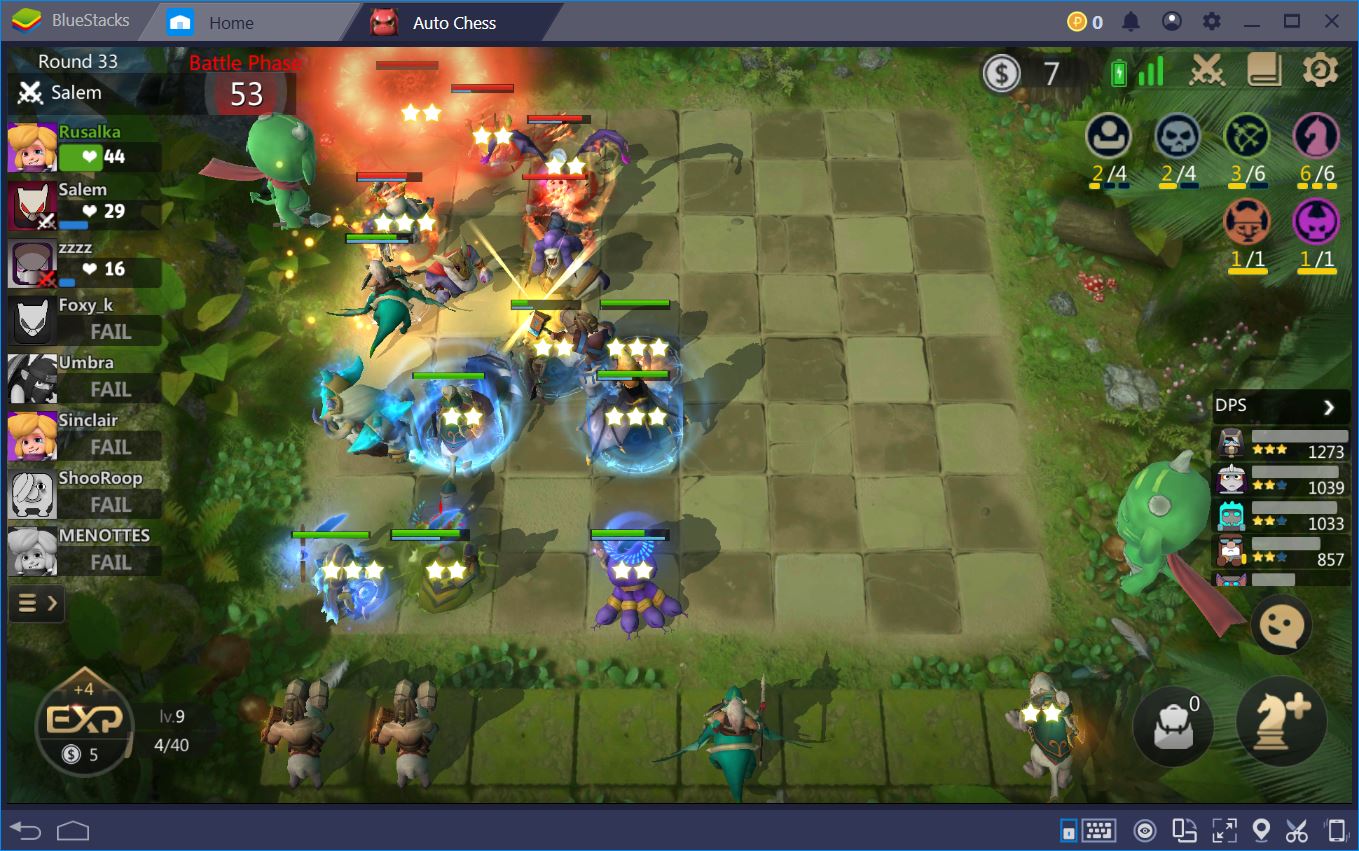
Naturally, this will put somewhat of a hole in your budget. Most players react to this by immediately cutting all expenses and starting to save up again, which is not always advisable. You need your core units to be buffed to 2-stars in order to stay alive, so you should always spend down to 20-30 gold (when you’re below 50 HP) and down to 10-20 gold (when you’re under 40 HP).
Rounds 10-15: Choosing Your Synergies
In Auto Chess, a lot of what happens during the early game stays in the early game. Just because you formed a 2-star Sky Breaker doesn’t mean you should get too attached to it if none of the other synergy pieces have shown up. In addition, you always have to have the late-game in mind. Will your synergies be strong enough to pull you through turns 30+? If not, it’s time to plan some changes.

Play Auto Chess on BlueStacks 4
If you had any luck with your draws, by turns 11-12, you should have some idea about your mid- and late-game strategy. A good place to start is being familiar with all synergies and how strong/weak they are compared to one another. With this information in mind, you can look at the 2-star blue (3-cost) and epic (4-cost) units you already have. Here are some examples:
- If you own a 2-star Werewolf, you could consider a Warrior + Beasts + Cave Clans synergy or, alternatively, a Warrior + Humans + Mages synergy for additional late-game oomph.

- A 2-star Shadowcrawler might be a good indication for a full, 6-piece Assassin + Feathered build, but this will be difficult to pull off if you’re missing some of the Assassin heroes.
- Even at 1 star, a Thunder Spirit can take you towards a 2-piece Spirit + 6-piece Mages build. This makes sense if you already have a 2-star Stone Spirit or Water Spirit.

- A 1-star Razorclaw is usually enough to pull off a fantastic Druids build, which you can then augment with 1-2 additional powerful synergies.
- A 1-star Pirate Captain is a good indication for a Warriors + Beasts + Cave Clans or Warriors + Humans + Mages synergy.
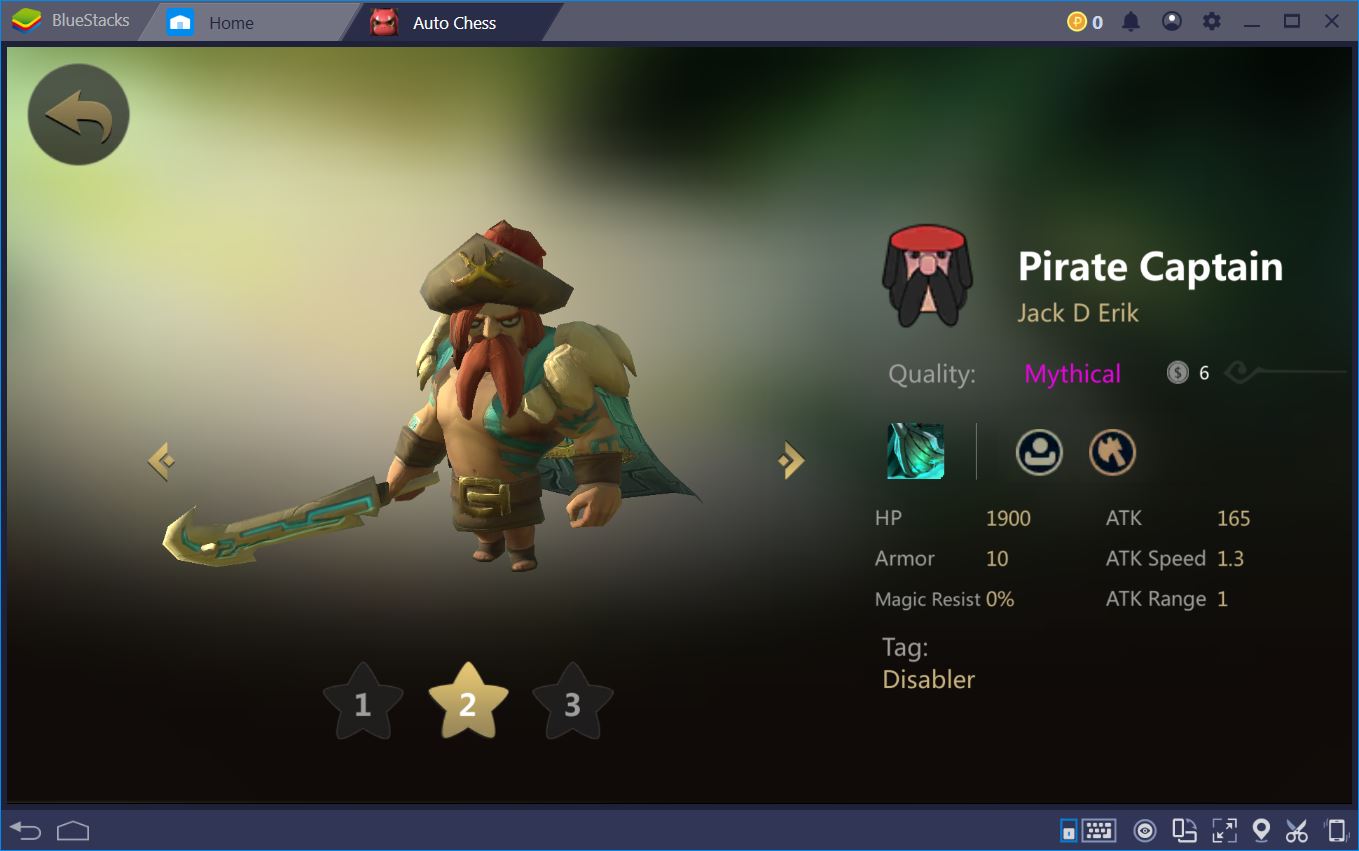
- Siren is a fantastic starter piece for a Hunter synergy, which can be paired up nicely with a 6-piece Knights squad.
- Dragon Knight is a great piece for a Knights + Dragons synergy, but if you can’t upgrade it to 2-stars and find the other two Dragons by turn 17, it’s best to pair your Knights with something else.
Of course, these are not the only good pieces out there. Almost any 2-star 3- or 4-cost piece can be utilized to transition to the mid-game when synergized with other units. This is something that you become familiar with in time as you work with more and more different pieces/combos.
By turns 17-18, you should have a good idea of the synergies you’re going for. Your transition to the late-game (turns 25+) should then focus on upgrading as many of these as possible to 3-stars, getting level 10 if your build demands it, and including powerful late-game pieces that either do impactful damage or can CC.
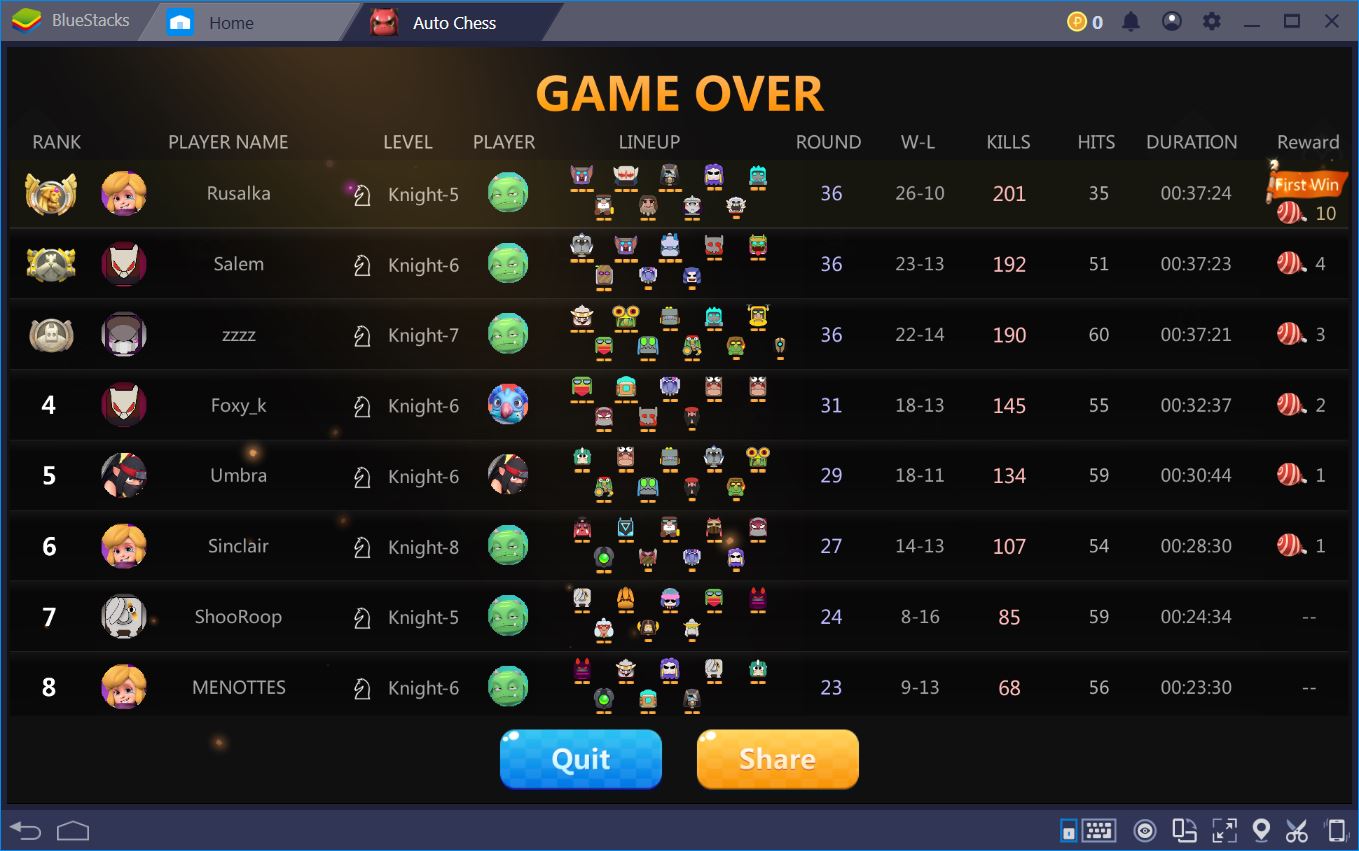
Finally, by turns 30-35 and above, there will be little you can still do to change the outcome of the game. Still, even at this point, tweaking the positioning of your board can make the difference between a win and a loss. Other than that, if you’ve been following our guidelines, this is the perfect time to reap the rewards of your careful planning. Enjoy the victory!

